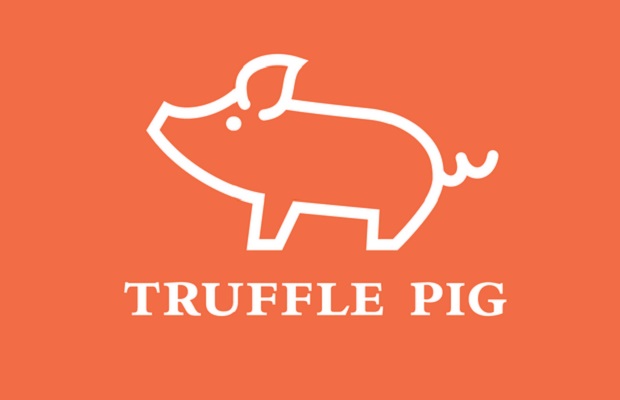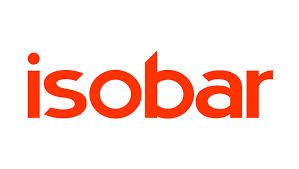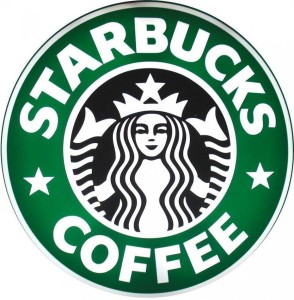World of Service Providers, July 2015
Each month, we put together a topical list of new & noteworthy happenings in the world of Service Providers. Look for information about digital agencies, creative shops, systems integrators, consulting firms, and everything in between. Here’s what’s been happening in the World of Service Providers – and why it matters – for the month of July, 2015:
Partnerships
 This year, we’ve seen a trend where digital agencies and publishers are incorporating more content marketing strategy and management services into their offering to become a ‘one-stop-shop’ for clients. As branded content becomes increasingly important to organizations, digital agencies and publishers are responding by offering more content services. Take for example WPP teaming up with Snapchat and the Daily Mail to create the digital content agency Truffle Pig, which offers everything from content planning to photography and video development. Senior DCG analyst Robert Rose says that “at the heart of a successful content and converged media strategy is an active, connected, and participatory audience” and that’s exactly what outlets like Truffle Pig, and others, are trying to help create.
This year, we’ve seen a trend where digital agencies and publishers are incorporating more content marketing strategy and management services into their offering to become a ‘one-stop-shop’ for clients. As branded content becomes increasingly important to organizations, digital agencies and publishers are responding by offering more content services. Take for example WPP teaming up with Snapchat and the Daily Mail to create the digital content agency Truffle Pig, which offers everything from content planning to photography and video development. Senior DCG analyst Robert Rose says that “at the heart of a successful content and converged media strategy is an active, connected, and participatory audience” and that’s exactly what outlets like Truffle Pig, and others, are trying to help create.
U.S.-based advertisers, in response, are expected to spend $4.3 billion in 2015 on native ads alone according to eMarketer. Writing great content in an editorial-like format to inspire prospective customers to take action is just one way brands are taking advantage of connecting with consumers on a more intimate level. And as of April 2015, research from PulsePoint and Digiday found that growth rates for both native advertising and content marketing are on the rise, and will outpace other formats in the next two years. With this progressing trend, some service providers are shifting business models, or creating entirely new outlets, to connect with consumers in a new and forward-thinking way.
New Ventures
 Isobar, part of the Dentsu Aegis network of agencies, has acquired UK-based commerce specialist agency eCommera. They are not alone – back in December, 2014, MRM//McCann bought Optaros, a US-based ecommerce integration company. Other service providers that we speak with are also on the lookout for commerce-focused agencies to acquire in the near future – partly because the need for commerce integration is increasing, and also because the talent that works at those types of companies is so hard to find and retain. These acquisitions – and there are more to come – underscore the increasing importance of the commerce connection to customer experience. While companies like Isobar beef up their capabilities with acquisitions in areas such as mobile, social, branded content, and commerce, the key for digital agencies who pursue this type of acquisition strategy is not what they are capable of individually, but if the agency can bring all new parties together and offer a seamless integrated experience for their customers. If this does not occur clients may be better off managing agency relationships to achieve a holistic customer experience. Commerce, as an individual piece of customer experience, is more than just an integration issue; it’s about looking at the people and processes that connect commerce to fulfill an effective customer strategy.
Isobar, part of the Dentsu Aegis network of agencies, has acquired UK-based commerce specialist agency eCommera. They are not alone – back in December, 2014, MRM//McCann bought Optaros, a US-based ecommerce integration company. Other service providers that we speak with are also on the lookout for commerce-focused agencies to acquire in the near future – partly because the need for commerce integration is increasing, and also because the talent that works at those types of companies is so hard to find and retain. These acquisitions – and there are more to come – underscore the increasing importance of the commerce connection to customer experience. While companies like Isobar beef up their capabilities with acquisitions in areas such as mobile, social, branded content, and commerce, the key for digital agencies who pursue this type of acquisition strategy is not what they are capable of individually, but if the agency can bring all new parties together and offer a seamless integrated experience for their customers. If this does not occur clients may be better off managing agency relationships to achieve a holistic customer experience. Commerce, as an individual piece of customer experience, is more than just an integration issue; it’s about looking at the people and processes that connect commerce to fulfill an effective customer strategy.
Brand Insight
 Online advertising, according to eMarketer, is set to reach $171 billion this year. But as consumers shift habits from traditional media to non-traditional formats (think cable TV to YouTube; print magazines to online publishing formats; or even online publishing to apps and new ways of consuming information), new problems are on the rise. In an effort to avoid pop-up ads and banner ads, many people are downloading software to block those advertisements, taking a big chunk of revenue away from publishers and advertisers. Looking at video content, consumer consumption habits have also changed, and as viewing habits shift, organizations will have to find new ways to communicate their values, as Nestle did with its Casa Buitoni Club in the early 1990’s, before the digital revolution.
Online advertising, according to eMarketer, is set to reach $171 billion this year. But as consumers shift habits from traditional media to non-traditional formats (think cable TV to YouTube; print magazines to online publishing formats; or even online publishing to apps and new ways of consuming information), new problems are on the rise. In an effort to avoid pop-up ads and banner ads, many people are downloading software to block those advertisements, taking a big chunk of revenue away from publishers and advertisers. Looking at video content, consumer consumption habits have also changed, and as viewing habits shift, organizations will have to find new ways to communicate their values, as Nestle did with its Casa Buitoni Club in the early 1990’s, before the digital revolution.
How do brands solve this problem of engaging consumers outside of waning traditional media formats? Well, it usually can’t be done alone. But that is why working with service providers who have vast experience in creating, publishing, and/or delivering successful advertisements, campaigns, and content is such a critical component. Take for example Starbucks, who does a really great job of onmichannel marketing, and sharing content with consumers through their Starbucks app, which by the way, is also one of the brands at the forefront of mobile payments. The company also focuses on their social messages, often sharing clever posts and stunning images and has a large following on Twitter, Facebook, and Tumblr, among others. If you’re looking for a brand that consistently leverages new channels, and has high engagement levels, look no further than Starbucks.
But the most critical component of all is being able to deliver on the channels and places that consumers actually want to consume their content. As DCG VP of Consulting Cathy McKnight says in her research, “Opportunities for reaching customers have expanded beyond the web to include hundreds of channels and devices. Organizations now have the ability to deliver targeted content in context—and customers increasingly expect it.” To succeed, brands should be ready for anything – and that will include different approaches, and advertisement formats, to successfully engage their customers.








